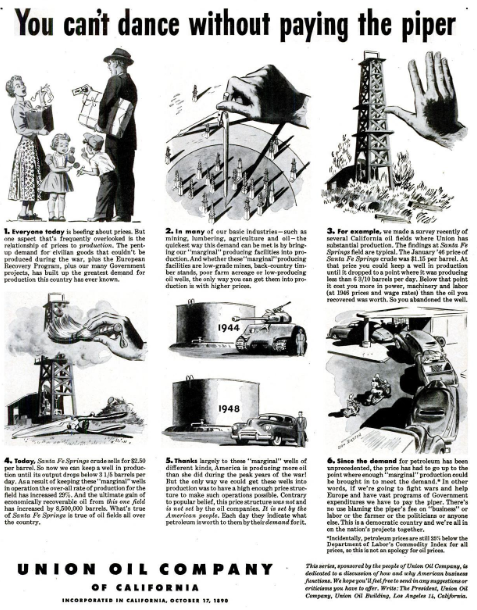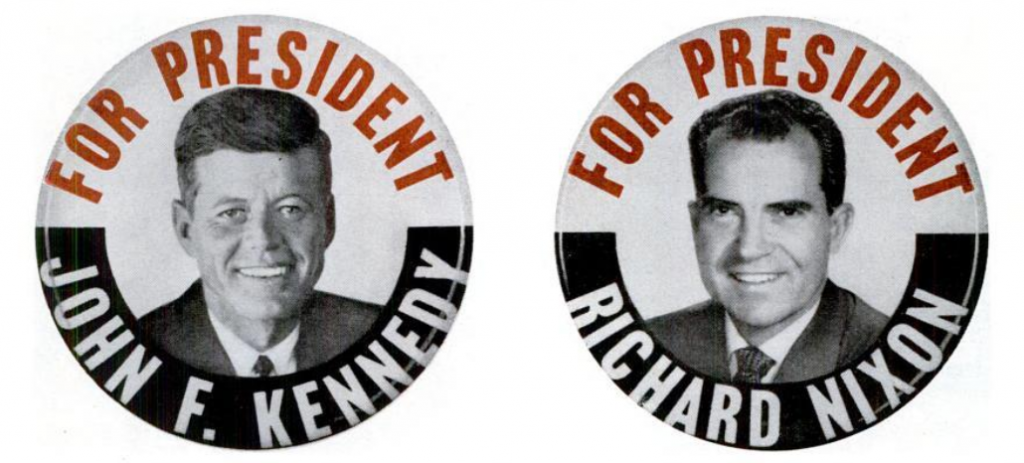While flipping through an old magazine, I stumbled upon the advertisement below. Being a big-time baseball fan, my initial reaction was, “Wow, major baseball players advertising cigarettes.” But then I remembered it was 1947, a time when cigarettes were widely accepted by society. This made me reflect on how swiftly cultural norms can change.

As a professional in the technology field, keeping pace with cultural shifts is crucial for success. In the tech world, changes happen rapidly, and people can be influenced just as quickly. Staying updated on cultural trends is essential. Not only does it provide a competitive edge, but it also ensures that companies and products remain relevant in an ever-evolving landscape.
One significant cultural shift in recent years has been the increased focus on diversity and inclusion.
Companies are now recognizing the importance of having a diverse workforce and creating a welcoming environment for all individuals. This not only promotes equality, but it also allows for more innovative ideas and perspectives within the company.
In addition to diversity, there has been a growing emphasis on sustainability and environmental responsibility. Consumers are becoming more conscious of their impact on the environment, and they expect companies to do the same. As technology continues to advance, it is becoming easier for businesses to implement sustainable practices, such as using renewable energy sources and reducing waste.
Another crucial aspect of cultural awareness in the tech world is understanding and addressing biases.
With the rise of artificial intelligence and machine learning, there has been a growing concern about biased algorithms and data sets. It is essential for companies to actively work towards mitigating these biases to ensure fair and ethical use of technology.
Moreover, staying culturally aware also means being attuned to the changing needs and preferences of consumers. With the rise of social media and online platforms, customer feedback and opinions can spread rapidly, affecting a company’s reputation and sales. By staying culturally aware, businesses can adapt their products and services to meet the ever-changing demands of their target audience.
The tech industry evolves rapidly, emphasizing the need for companies to stay culturally aware.
By embracing diversity, sustainability, addressing biases, and understanding consumer needs, businesses can remain relevant and competitive in the market. It also allows them to make a positive impact on society and contribute to creating a more inclusive and sustainable future. So, while technology may be at the forefront of innovation, cultural awareness is equally essential for its success and growth. Therefore, it is imperative for companies and individuals in the tech industry to prioritize cultural awareness and continually strive towards creating a more equitable and inclusive environment for all.
In conclusion, technology has undoubtedly revolutionized our world, but it is essential to remember that its impact goes beyond technological advancements. As we continue to push boundaries with new developments, it is crucial to stay culturally aware and responsible for the impact our innovations have on society. By embracing diversity, sustainability, addressing biases, and understanding consumer needs, we can create a better future for all through technology.
Click here to read a post on the importance of understanding business culture.
Click here to see another post on the importance of understanding culture.
You may also like:

 Welcome to the Tech Historical Lessons category on tech2exec. History is a valuable teacher, and it has much to offer in terms of insights for tech executives. By looking back at past events, we can gain a better understanding of how certain decisions and actions have shaped the technological landscape we see today.
Welcome to the Tech Historical Lessons category on tech2exec. History is a valuable teacher, and it has much to offer in terms of insights for tech executives. By looking back at past events, we can gain a better understanding of how certain decisions and actions have shaped the technological landscape we see today.






